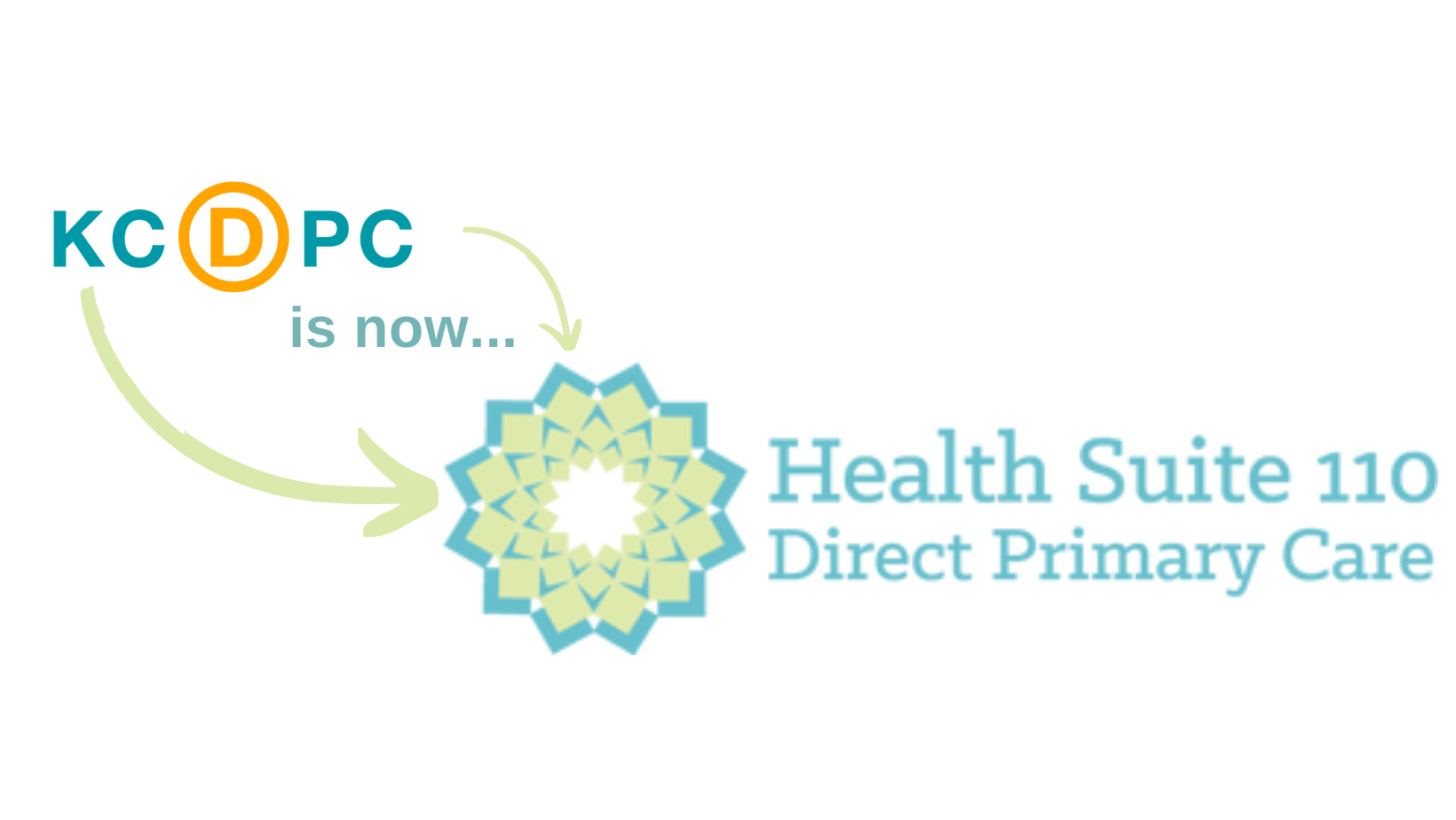I was presenting during morning rounds midway through my intern year, paused outside a patient’s room. We were in the corner of the 9th floor, and the Westward-facing windows opened up in front of me to the vast expanse of the Rockies. The sun was starting its climb from the horizon and was set at a sharp angle in the sky, casting an orange glow over the mountains. As I was finishing, the senior resident nodded, allowed my plan to stand, and paused: “Since she’s more straightforward, we’re going to take a little time to talk about something else.”
He pulled an academic study from the pocket of his white coat. This often happens during rounds, and the studies usually relate to the organic pathologies and treatments relevant to the patient. He held it, folded crisply in half, and pointed it at me, imploring, “Do you know the average amount of debt that leads bankruptcy? And do you know to what extent medical bills play into that?”
I had not prepared for that question. He got a blank stare and a shrug as a response.
“$5000. And most are due to medical debt.” He paused. “Do you really think we need to keep this patient another day? And do they need that last X-ray and labs?”
The idea of discussing finances during rounds was odd, and it was a subject I had thought less and less about as my training had gone on. I remember bringing it up my third year of medical school with my attending, an oncologist. I had asked if she ever considered the cost when ordering these massive treatment regimens, and she quickly shot back, “I couldn’t do that and still care for my patients appropriately.”
I filed that away and decided to not worry about costs; I was going to care for my patients appropriately.
But here I was, on the general floor of the hospital, being asked by my senior resident if I really did need to incur extra costs for my patient. And that the amount that could send someone over the financial cliff really wasn’t that much.
In the United States, health care isn’t a right. We’ve all got to figure out how to pay for it through a combination of insurance, government assistance, employer contributions (if you’re lucky), and cash out of pocket. This is all complicated by a dearth of transparency in pricing and a certain amount of limitless demand in the context of limited supply. It’s a tough situation.
Ultimately, I left the traditional fee-for-service system because I was sick and tired of inducing financial harm (among other things). I wanted to make a plan with my patients that included — whenever possible — an explicit discussion of the cost of care. To do this, I simply can’t factor insurance into the equation. I can tell my patients that a brain MRI will cost them $260 if they pay cash that day. If they want to use their insurance, I have no idea what the eventual cost will be (though it wouldn’t surprise me if the bill wandered upwards of $2,500). I can tell my patients that a hemoglobin A1c lab draw will be less than $10; I couldn’t even begin to guess the cost if insurance was involved.
In the public discussions bemoaning the bloat of healthcare in our country, economists often suggest that we need more price transparency. Or that Big Pharma is to blame. Or doctors. Or the big hospital administrators. All that is true to different degrees, but to solve the healthcare problem, we need to start somewhere. The direct primary care community has chosen to start with providing affordably primary care with a transparent price tag.
But we’re also doing more. My colleagues and I recently pooled our money to donate to RIP Medical Debt, a not-for-profit organization that acquires and then cancels unpaid medical debt via a no-strings-attached gift for individuals and families unable to pay their medical debts. Those on the receiving end no longer have any obligation to pay their cancelled debt. Furthermore, because the debt is canceled as a gift by a 501(c)(3) charity, recipients do not owe any taxes on the “cancellation of debt” income.
In all, 784 people in our region received cancellation notices last week on over 1200 bills, amounting to $1,474,987.25 in cancelled debt that had been accrued from various interactions with the healthcare system. But that’s just a small drop in the bucket.
Medical debt affects every community and can destabilize any household. A recent article in the Kansas City Star brought the local impact of medical debt into sharper focus: in some parts of the metro, up to 30% of households have medical debt in collections. And though these families aren’t yet at the point of bankruptcy, that 2009 research piece my senior resident accosted me with found that over 60% of bankruptcies studied were due to medical debt, and that the average balance leading to the bankruptcy was well over $5000.
Returning to my patient in the hospital, up on the 9th floor with the straightforward case — I didn’t think she needed to stay another day. She had good support at home, and her management could be safely continued in the outpatient setting. To this day, I have no idea what came of her or what her final bill was for her hospital stay, but I do know that we can all make small steps to make healthcare better. We just have to step up and start doing it.
Allison Edwards, MD
July 23, 2018
